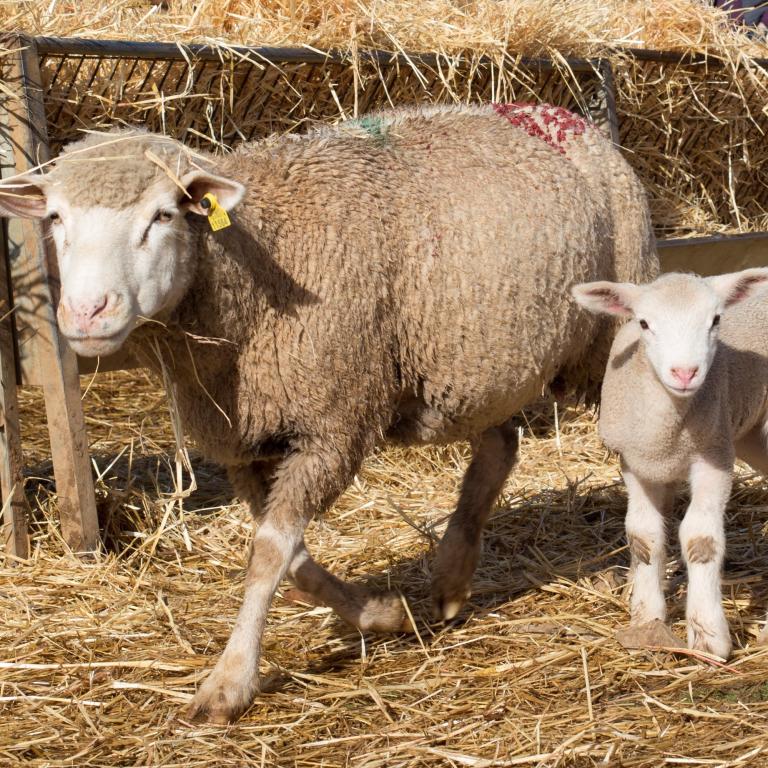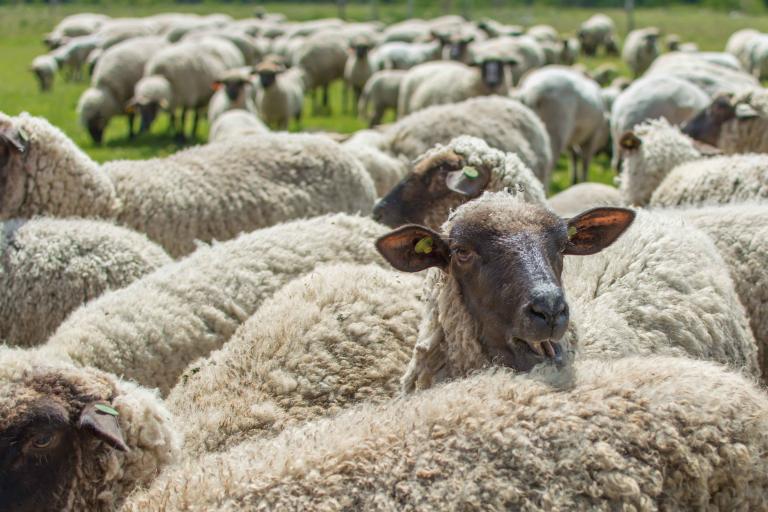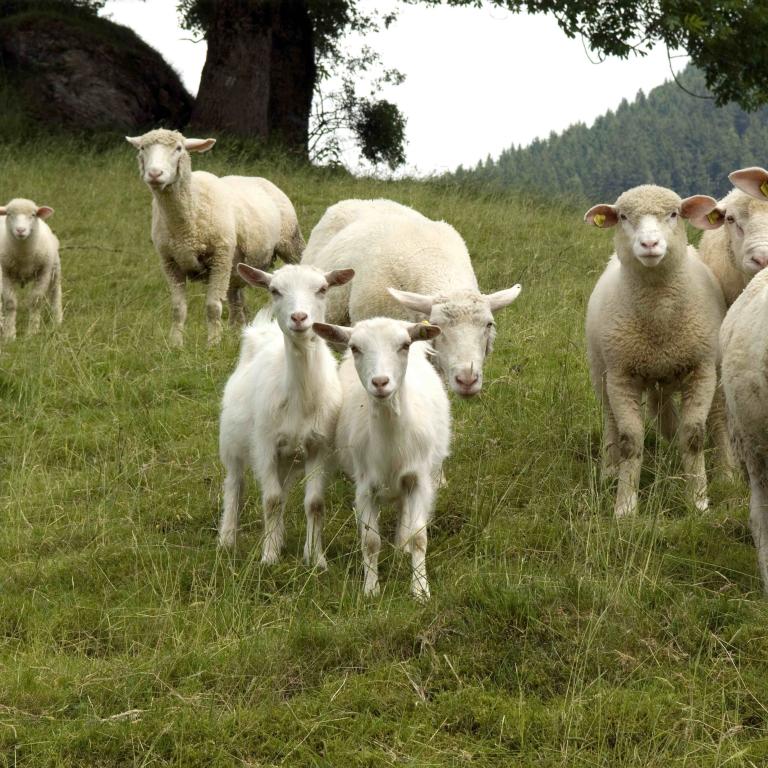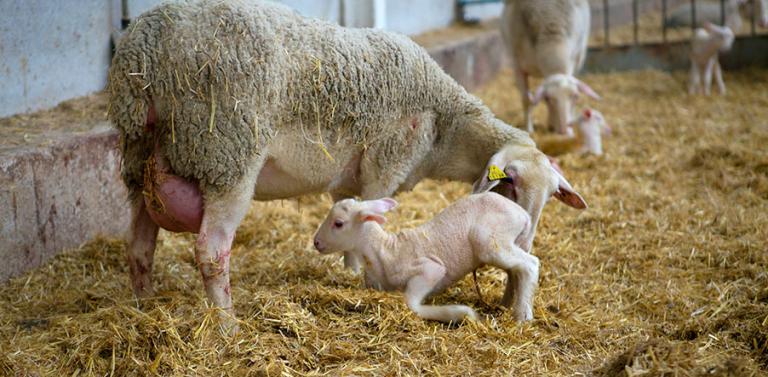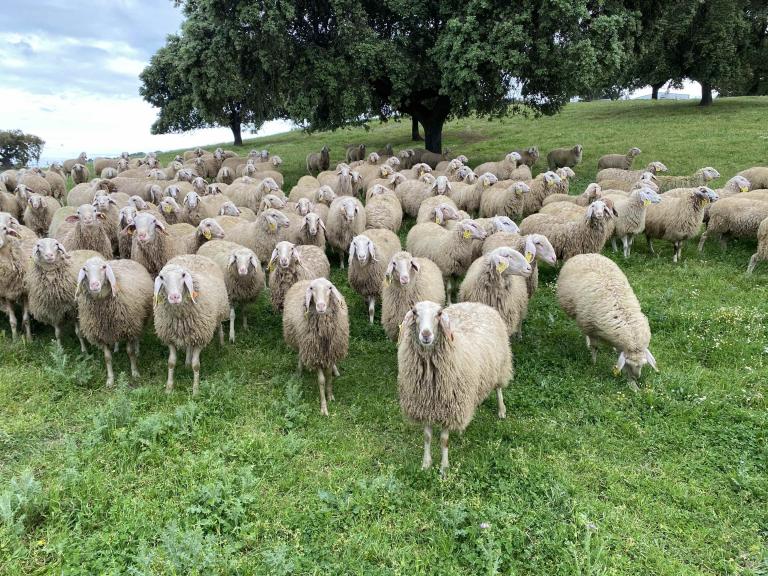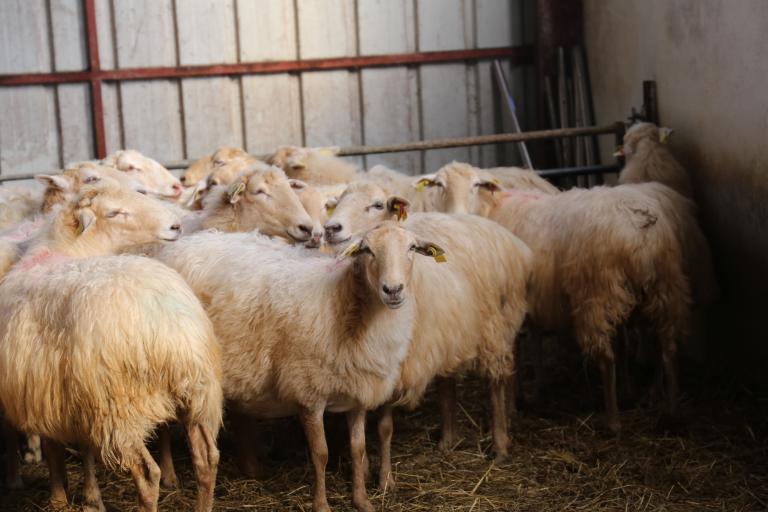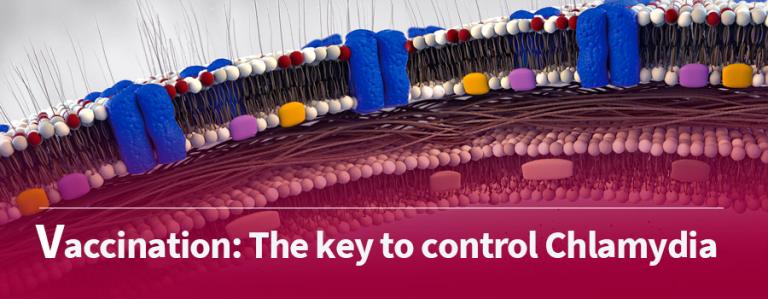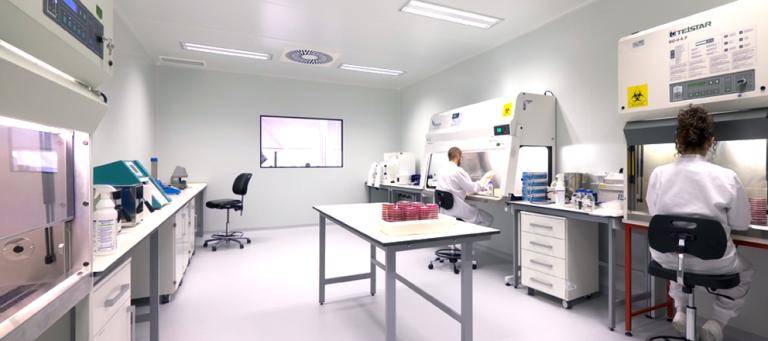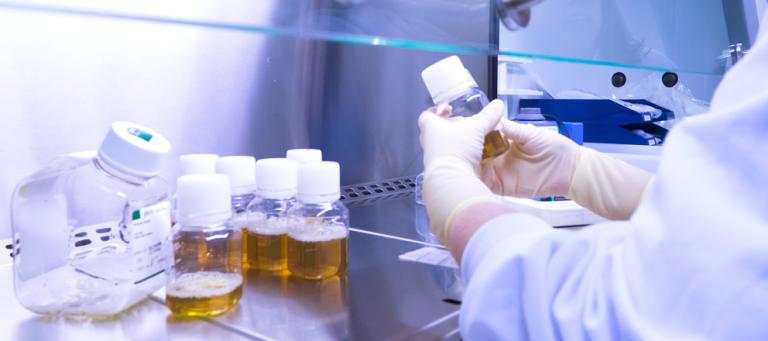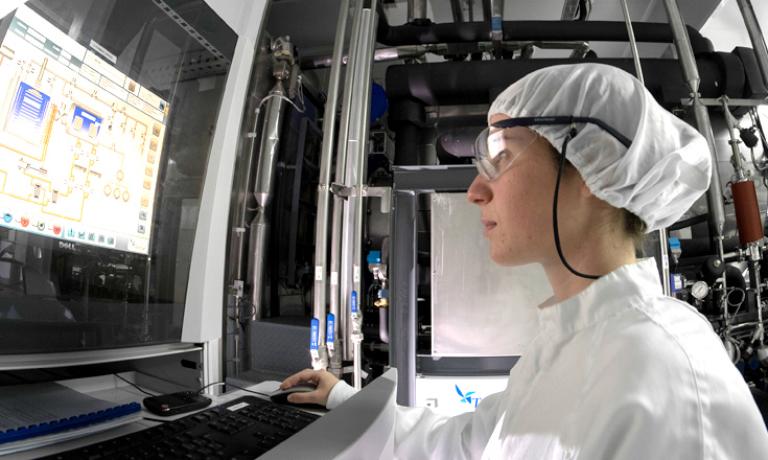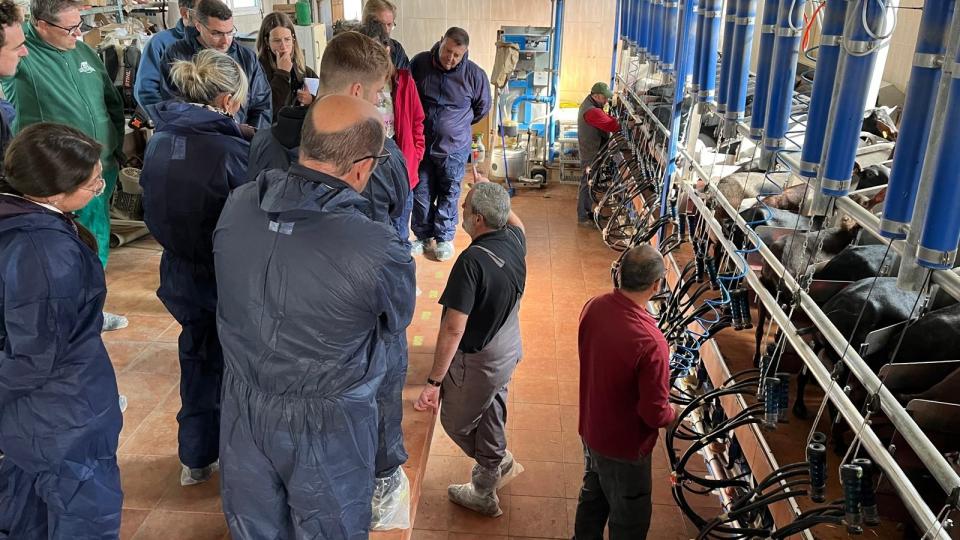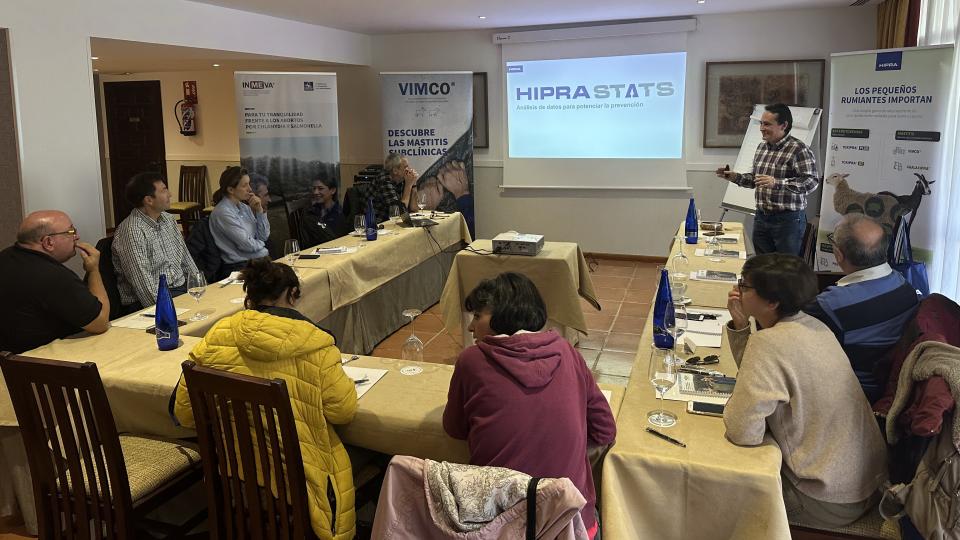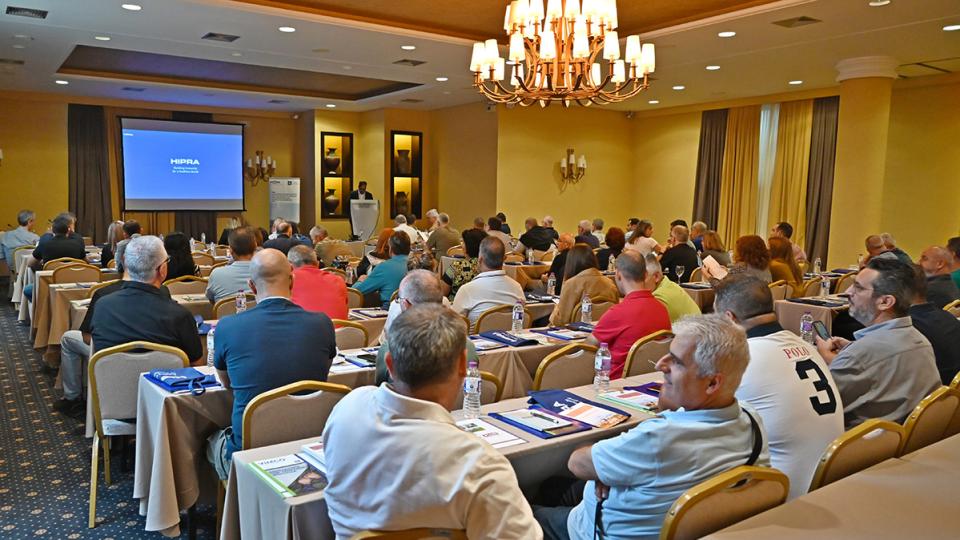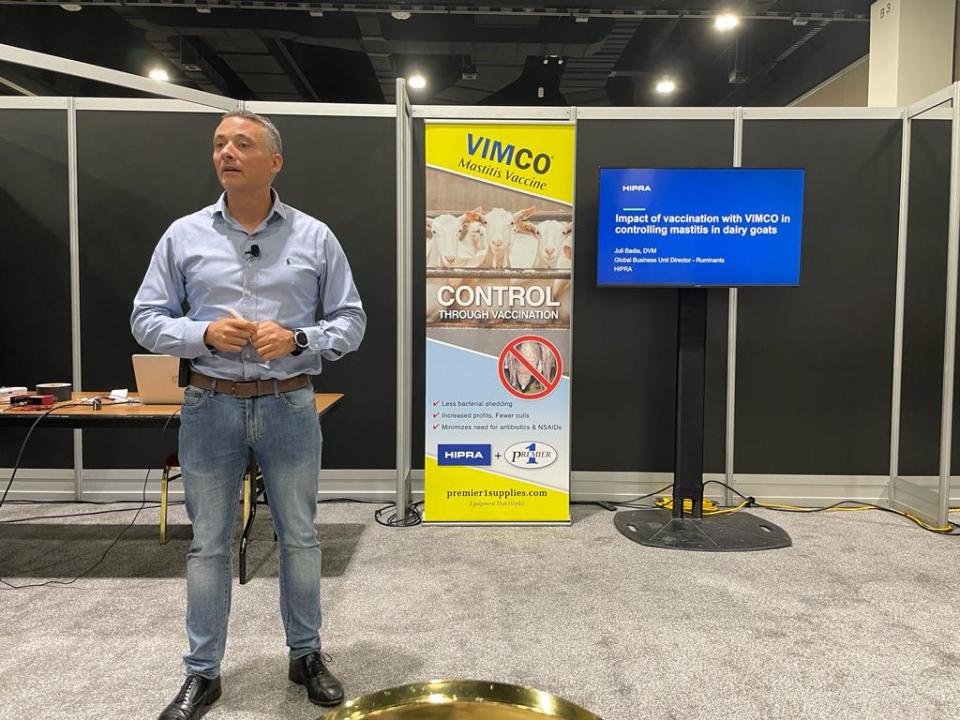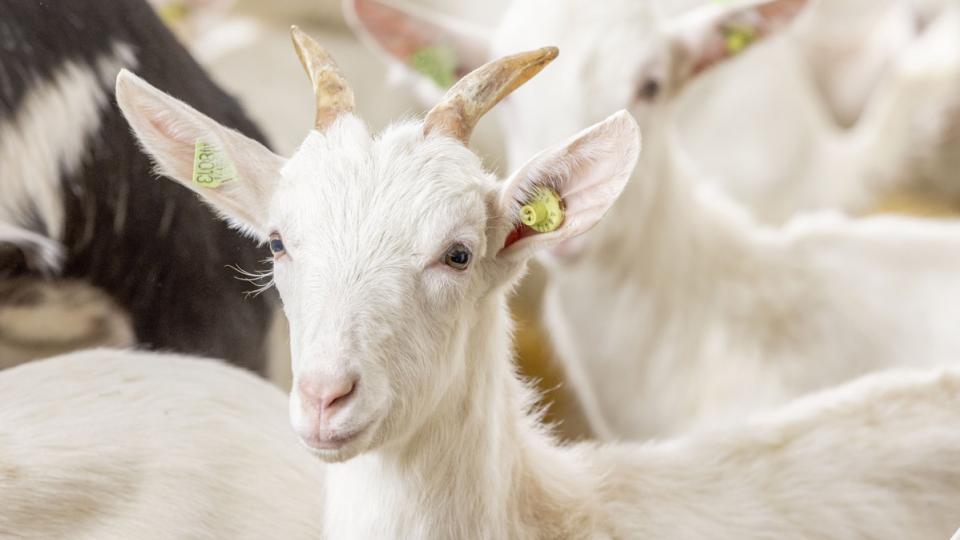Article written by:
María Rosa Caro, Jesús Salinas and Nieves Ortega
Department of Animal Health, Faculty of Veterinary Medicine, University of Murcia. 30100 Murcia, Spain.
4. PREVENTION & CONTROL: The painkiller for your headache
The problem...
Chlamydia abortus, the aetiological agent of ovine enzootic abortion (OEA), is an obligate intracellular bacterium of numerous eukaryotic cells in which it develops after a two-phase cycle unique to this microorganism.

FIGURE 1: Cycle of Chlamydia abortus (biphasic). Infectious and resistant form (Elementary Body, EB); non-infective form (Reticular Body, RB), antibiotics effect turns RB into its latent form (Aberrant Body, AB) and when the effect wears off, the cycle is reactivated.
OEA currently represents the main cause of abortion in many countries, both in Europe and other parts of the world, particularly in the United Kingdom, where it accounts for approximately 50% of cases of diagnosed abortions.
In Spain, enzootic abortion is currently one of the main causes of abortion in sheep and goats.
Chlamydia abortus is the most common pathogen causing abortions in small ruminants worldwide.
Moreover, this infection has been recognised as a significant zoonotic disease, capable of causing abortion and severe septicaemia in pregnant mothers, particularly when they are exposed to direct contact with infected sheep or goats.
… and its solution
Three types of measures have been established in the control and prevention of OEA:
1. Management measures:
These consist of preventing the transfer of animals without serological control, preventing contact of pregnant ewes with infected placentas or foetuses and keeping healthy flocks away from infected flocks.

FIGURE 2: Management measures are crucial to control and prevent OEA.
As seen in figure 2, avoiding contact of pregnant ewes with abortion material, cleaning and disinfecting lambing pens. However, these measures are not enough, given the difficulty of isolating the infected animals.
Management measures are key to control OEA.
2. Use of antibiotics:
This type of measure, in the control of a C. abortus infection, is highly influenced by the intrinsic condition of chlamydia, such as obligate intracellular bacteria.

FIGURE 3: Part of the WHO's campaign “Antibiotics: handle with care” (image source: www.who.int/drugresistance)
Thus, despite being a bacterium sensitive to many antibiotics, high concentrations of the bacteria in blood are required in order to achieve successful therapeutic outcomes.
Antibiotic therapy is economically unsustainable and unsuccessful.
This, along with the difficulty of predicting the time of the infection, makes the use of these measures, for certain periods of the pregnancy, economically unsustainable.
Besides, the inappropriate use of antibiotics could cause the infection to sub-clinically persist in the animal or the possible risk of developing resistance to antibiotics.
The use of antibiotics does not help in controlling OEA: infected animals will continue shedding and spreading the infection in the flock.
3. Active immunisation:
The adequate vaccination of animals could control chlamydial abortion in sheep, given that the first exposure of small ruminants to C. abortus induces a protective immunity preventing reproductive problems after contact with this infectious agent.
Vaccination is the best way of controlling OEA.
For this reason, vaccination is the most effective and important way of controlling and preventing OEA.
At present, the main types of vaccines that have been developed, commercially or experimentally, against this disease are as follows:

FIGURE 4: There are different types of vaccine against OEA.
Conclusions
- OEA (caused by Chlamydia abortus) is the main cause of abortion of small ruminants around the world.
- Antibiotics do not help in controlling OEA in the flock.
- The combination of certain management measures and vaccination is the best way to control and prevent the disease.
REFERENCES:







